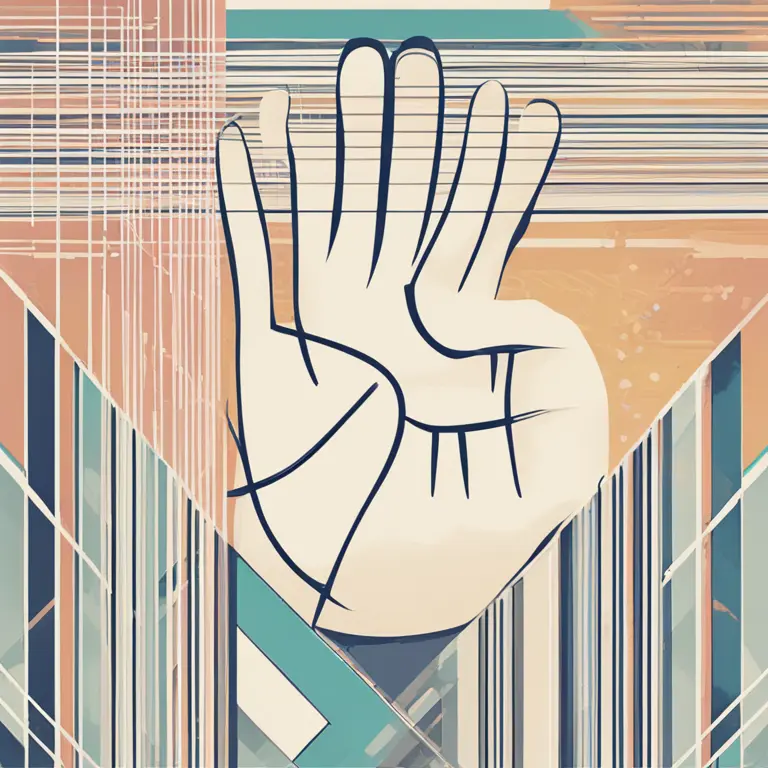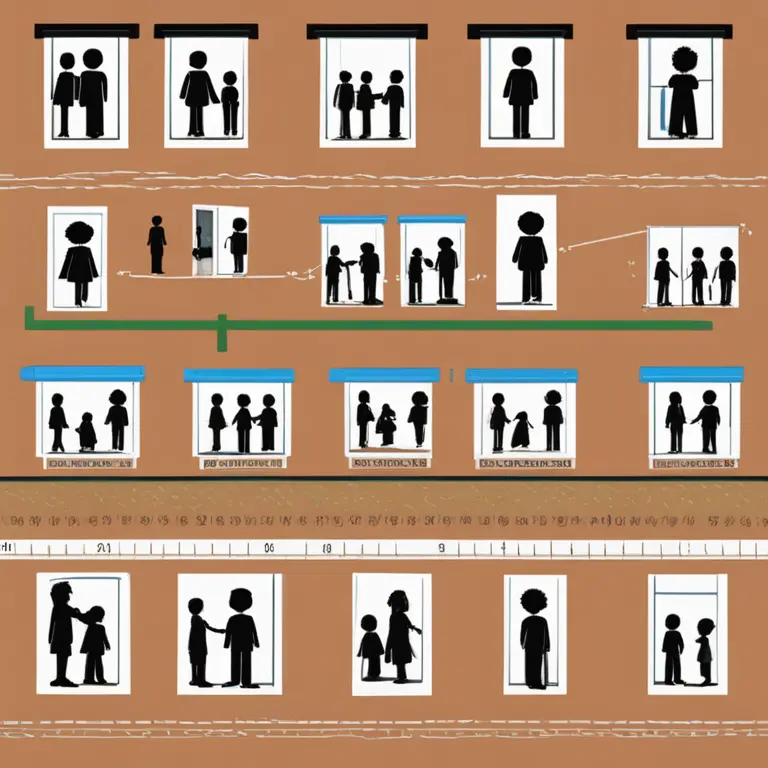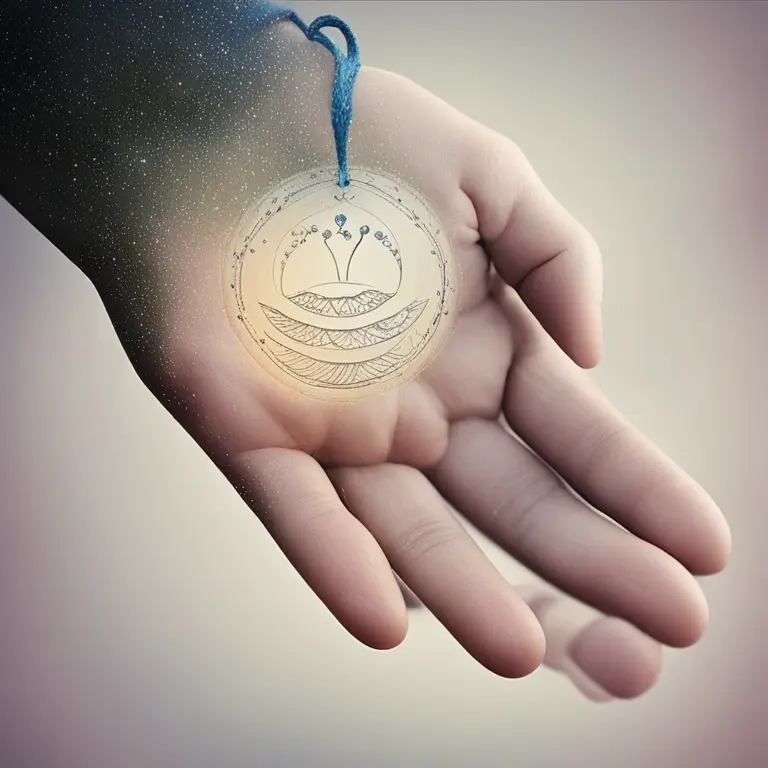
Palmistry Insights on Children and Parenting
Discover what palmistry can reveal about the potential for having children, their traits, and the parent-child relationship through hand analysis.
article by Nora Pennington
Palmistry and Parenthood
Palmistry, the ancient art of hand reading, has been used for centuries to glean insights into various aspects of life, including one's potential for parenthood. For individuals curious about the prospect of having children or seeking understanding about their relationship with existing offspring, this practice offers intriguing possibilities. Palmists look for specific markers on a person's hands that suggest the presence of children in one's life. These markers can provide information not just about quantity but characteristics of offspring as well. In this article, we delve into palmistry's approach to understanding aspects of children, reflecting both age-old techniques and the latest tendencies as we move into 2024 and beyond.

Identifying the Children Lines
On the palm, 'Children Lines'—or 'offspring lines'—are small vertical lines found just above the heart line, under the pinky finger. Traditionally, these lines indicate the number of children a person may have, with some palmists considering their clarity and length as corresponding to the child's health and vitality. However, in contemporary practice, many palmists view these lines more as indicators of significant individuals that will be nurtured by the person, not necessarily biological children. This updated interpretation reflects modern family dynamics, including the roles of step-parenting, adoption, and other forms of caregiving.

Deciphering Line Characteristics
The characteristics of the Children Lines can tell a story about each child or significant person the individual may care for. A long and clear line often suggests a strong and healthy relationship or individual, while a faint line may indicate a need for more nurturing or potential challenges. Furthermore, the spacing between the lines can hint at the relative ages or temporal arrival of children in the person's life. As we edge closer to 2024, the acceptance of palmistry's nuanced interpretations of these lines continues to grow, acknowledging the complexity of our connections.

Additional Markings Related to Children
Palmistry doesn't limit its observations to the Children Lines alone. Other markings on the hand can also provide insights. For example, a star marking on the mounts, especially the Mount of Venus (near the thumb), can indicate an exceptional child or a significant event related to children. A square around the Children Lines might be seen as protection for the child or the relationship. It's important to remember that palmistry is an interpretive art, with each palmist offering unique insights based on their experience and perspective.

The Role of the Parent
While much focus is placed on the potential and characteristics of children, palmistry also examines the hand for insights into the individual's abilities and disposition as a parent. For instance, the strength of the Mount of Venus might represent a nurturing and loving nature, whereas a well-developed Mercury mount might suggest strong communication skills with children. The shape of the hand and the flexibility of the fingers can also give clues about parenting style—be it authoritative, permissive, or somewhere in between.
The Evolution of Family Dynamics
It is important to acknowledge that, over time, family dynamics evolve, and so do esoteric interpretations. Palmistry in 2024 doesn't just look at the binary notion of whether one will have children, but rather it explores the quality of one's nurturing influences and connections with younger generations. With this modern lens, the art is becoming increasingly relevant to people who play diverse and active roles in the lives of young people, whether they be teachers, mentors, guardians, or community leaders.
The Future of Children in Palmistry
As the world progresses, palmistry adapts, reflecting our ever-changing understanding of families, relationships, and parenting. The idea that our palms can indicate potential experiences with children is a comforting thought for many. While palmistry can provide these insights, it is essential to approach this practice with an open mind and consider the readings as one of many tools for personal reflection and planning.
Published: 1/11/2024
Modified: 1/12/2024
More predictions
Come back here soon to learn more about yourself and your future


Can We Trust Palmistry?
Delving into the realm of palmistry, this article examines its credibility and place in contemporary spiritual practices.


Palmistry: The Historical Overview
Delve into the dawn of palmistry and trace its journey through the corridors of time, uncovering the roots of this ancient practice.


The Ancient Art of Vedic Palmistry
Discover the ancient art of Vedic Palmistry and its practice in the modern era, revealing the secrets held within the lines of the hand.